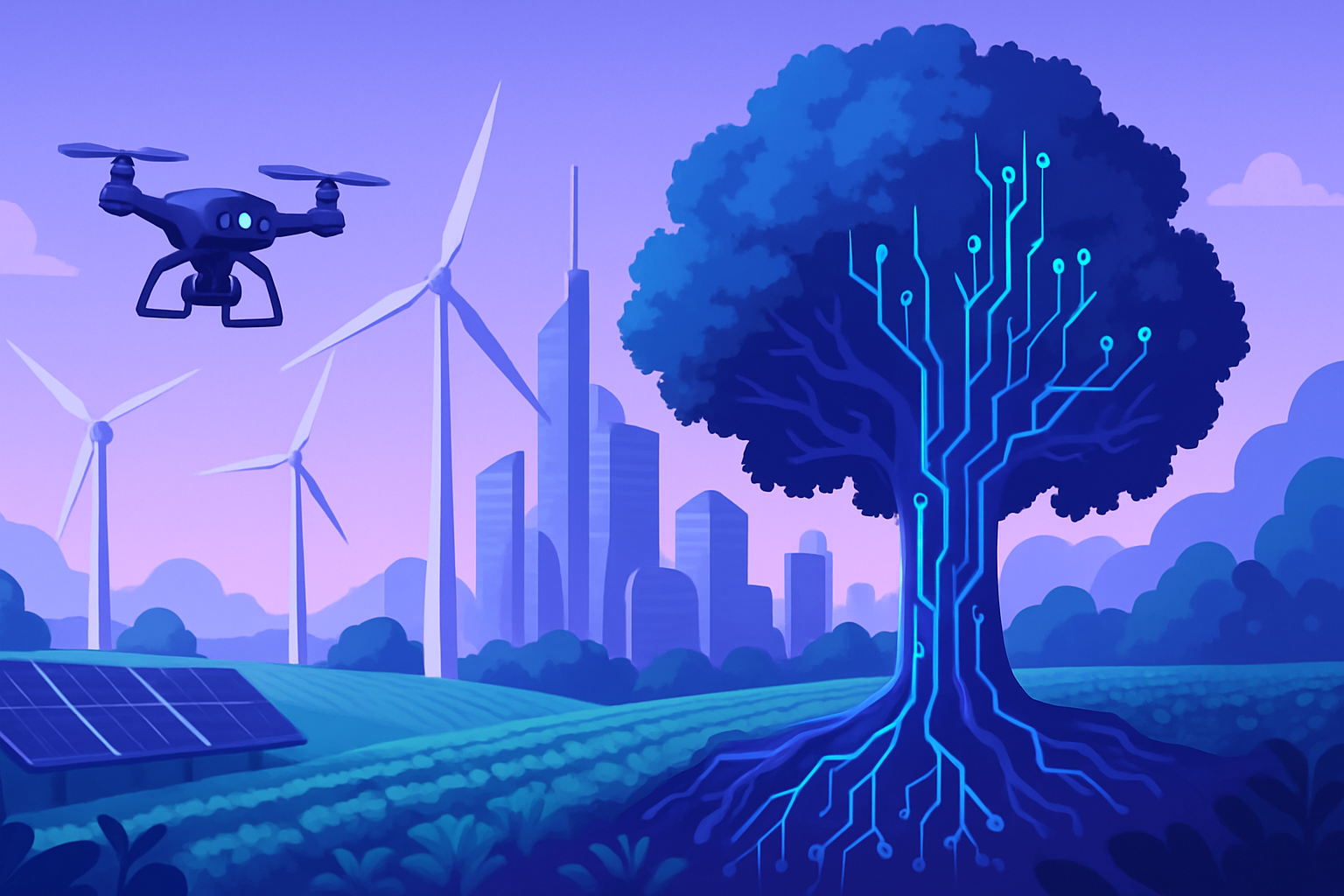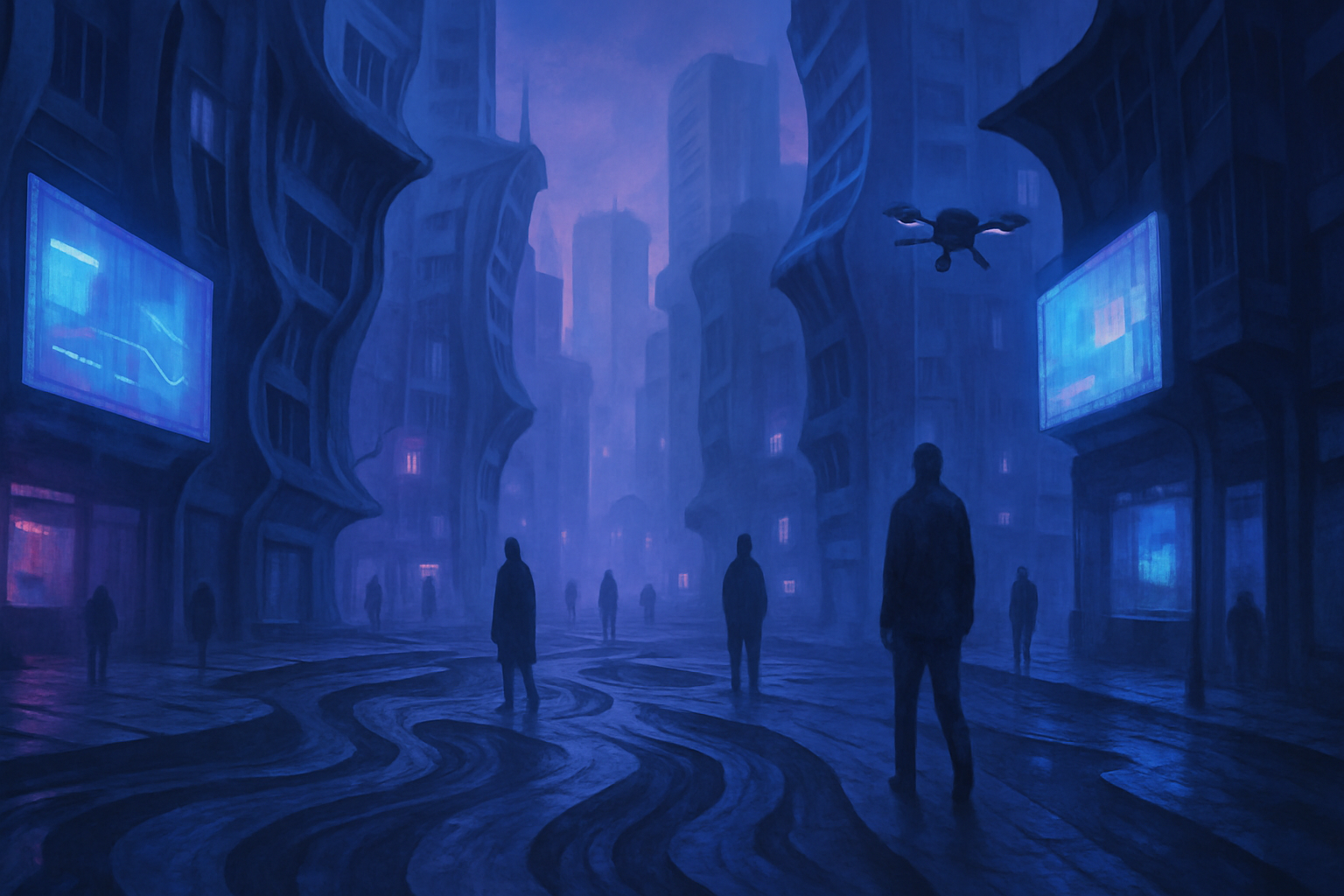Neuromorphic computing is emerging as a catalyst for an energy revolution in the face of the staggering rise of artificial intelligence. Traditional systems, hungry for electricity, generate alarmingly detrimental environmental consequences. The energy optimization of this technology could significantly reduce the carbon footprint associated with large language models.
*Neuromorphic computing* imitates the functioning of the brain, thus offering unparalleled performance without compromising sustainability. Upcoming innovations in this field promise unprecedented efficiency and a future where AI seamlessly integrates into our ecosystem.
The Emergence of Neuromorphic Computing
Neuromorphic computing represents a true revolution inspired by the architecture of the human brain. Its principles aim to design highly energy-efficient processors, generally consuming around 20 watts for an equivalent functionality, compared to the millions of watts of contemporary supercomputers. The challenge lies in delivering the benefits of AI while minimizing environmental and financial impact.
Energy Consumption Optimization
Neuromorphic chips break free from the limitations of traditional computing architectures, where computation and memory are separate. This dichotomy generates a phenomenon known as the von Neumann bottleneck, making the multiplication of computing capabilities increasingly energy-consuming. By integrating memory and processing, these systems allow for a drastic reduction in energy consumption, by up to one thousand times less than current chips.
Spintronics: A Driver of Innovation
Spintronics, an innovative discipline combining electricity and electron spin, forms the foundation of advancements in this field. By harnessing these properties, neuromorphic computing can offer solutions capable of meeting high-performance demands while optimizing energy expenditure. This field is evolving and experiencing significant growth, especially thanks to innovative start-ups.
Growing Commercialization
Companies like Intel have already made significant advancements. Their system, called Hala Point, aims to be the largest neuromorphic ecosystem, surpassing traditional architectures in efficiency for real-time AI applications. Products emerging from neuromorphic computing are starting to enter the market, with companies like Hailo AI showcasing chips specifically designed for generative AI and automotive applications at major events such as CES.
Potential Applications
Neuromorphic devices open up new perspectives for various sectors, including automotive and healthcare. They enable the deployment of systems capable of learning in real-time, similar to human cognitive processes. On-site updates then become possible, eliminating the need for data transfer to the cloud, thereby ensuring instantaneous and secure information processing.
Challenges to Overcome
Despite the promising advantages, several obstacles remain. The adoption of neuromorphic computing requires the establishment of new programming languages and architectures that are incompatible with existing ones. An ecosystem of dedicated developers and software will need to emerge, capable of coding applications in line with this technology.
Privacy Benefits
The reduction in data transfers leads to a minimization of potential leaks of sensitive information, thus increasing device security. A system of this type protects more against threats from cyberattacks and better respects user privacy. This is a major concern in light of legislation such as the Cloud Act, ensuring enhanced protections for personal data.
The future of neuromorphic computing appears to align with a favorable trend to reduce the carbon footprint of artificial intelligence technologies, ensuring a balance between technical innovation and environmental respect.
To learn more about the developments in this technology, you can consult relevant studies on improving machine vision or on optimizing neuromorphic computing. Researchers continue to explore this promising avenue, contributing to transforming our digital future.
Frequently Asked Questions about Neuromorphic Computing and the Carbon Footprint of Artificial Intelligence
What is neuromorphic computing?
Neuromorphic computing is an approach that mimics the functioning of the human brain to design computer systems, particularly by integrating computation and memory into a single component.
How does neuromorphic computing contribute to reducing AI’s carbon footprint?
It allows for the creation of computer chips that consume up to one thousand times less energy than conventional chips, thus reducing the energy needs associated with running AI algorithms.
What are the advantages of neuromorphic chips compared to traditional technologies?
Neuromorphic chips allow for more efficient information processing by eliminating the von Neumann bottleneck, resulting in reduced energy expenditure and better performance for AI systems.
How does neuromorphic computing facilitate real-time learning for AI?
It enables AI models to learn autonomously in their environment without needing retraining in the cloud, optimizing data processing and reducing energy consumption.
What types of applications can benefit from neuromorphic computing?
Applications include autonomous vehicles, connected medical devices, and industrial robots, which can handle data more efficiently while preserving information privacy.
How does neuromorphic computing affect data security?
By limiting data transfers, this technology reduces the risks of information leaks and hacker attacks while better protecting data against extraterritorial laws.
What challenges does the adoption of neuromorphic computing pose?
It requires new programming languages and computing architectures that are not compatible with existing technologies, thus demanding the emergence of a new ecosystem of developers.
What is the importance of spintronics in neuromorphic computing?
Spintronics not only exploits the charge of electrons but also their spin, thereby allowing the design of more powerful and energy-efficient neuromorphic systems.






